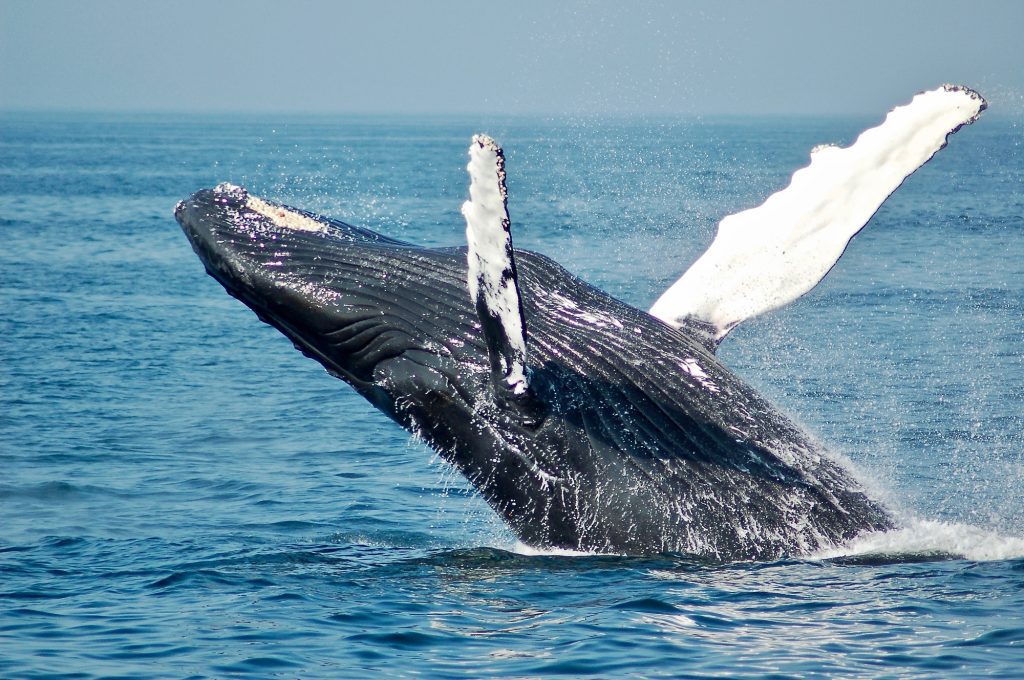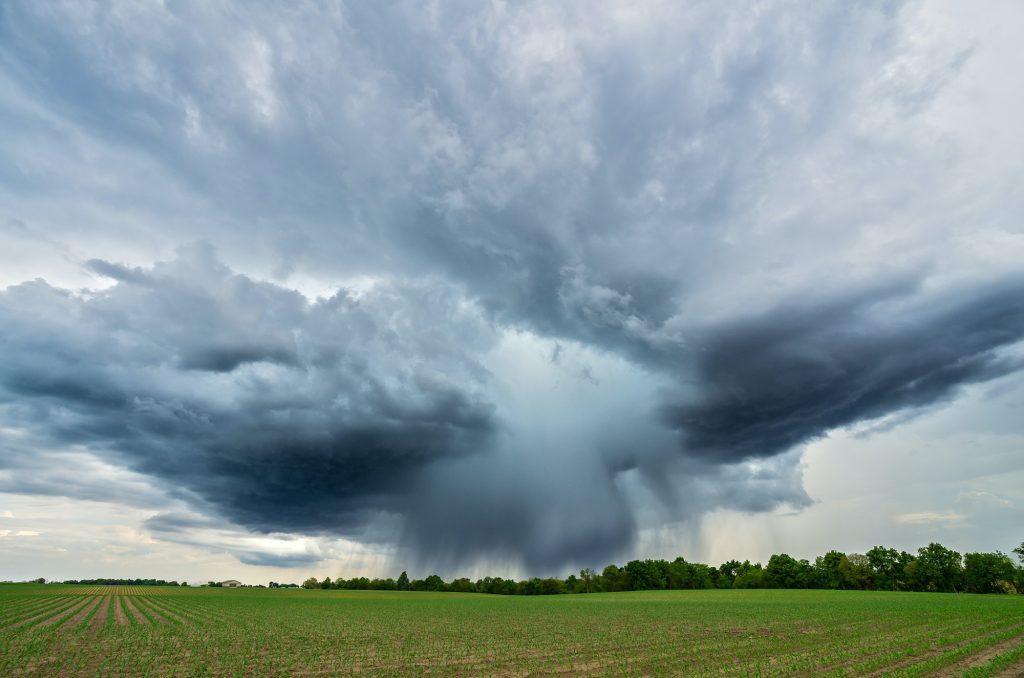The Majesty of Whales
Whales, the largest creatures to have ever graced our planet, are truly the majestic monarchs of the ocean. These incredible marine mammals belong to the order Cetacea and are divided into two main groups: toothed whales (odontocetes) and baleen whales (mysticetes). The latter, which includes the likes of humpback whales, blue whales, and gray whales, are often celebrated for their sheer size and remarkable behaviors.
One of the most iconic features of baleen whales is their baleen plates, comb-like structures in their mouths used to filter-feed. This adaptation allows them to consume vast quantities of small marine organisms, such as krill and plankton, which are abundant in the world’s oceans. As they feed, baleen whales perform breathtaking acts, like lunge-feeding, where they engulf enormous mouthfuls of water and then expel it through their baleen, trapping their prey for a nutritious feast.
The sheer size of baleen whales is awe-inspiring. The blue whale, in particular, holds the title of being the largest animal to have ever existed on Earth, with some individuals reaching lengths of over 100 feet and weighing as much as 200 tons. Their hearts alone can weigh as much as an automobile, emphasizing the monumental scale of these gentle giants.
Apart from their physical grandeur, baleen whales are known for their captivating behaviors. Breaching, spy-hopping, and tail-slapping are just a few of the mesmerizing actions that make whale-watching a popular and cherished activity worldwide. These behaviors not only serve various purposes, from communication to courtship, but also provide a stunning spectacle for those lucky enough to witness them.
However, the majesty of whales goes beyond their size and behaviors. They play a vital ecological role in maintaining the health of our oceans. By feeding on plankton and krill, whales help regulate the populations of these tiny organisms, which in turn affects the entire marine food web. Their migratory patterns also transport nutrients across vast oceanic distances, enriching different ecosystems and promoting biodiversity.
Yet, despite their magnificence and ecological importance, whales face numerous threats, including habitat degradation, ship strikes, entanglement in fishing gear, and the ongoing issue of commercial whaling. Conservation efforts are crucial to ensure the continued survival and thriving of these ocean giants.
As we delve deeper into the world of whales, it becomes apparent that their majesty extends beyond their physical presence. It encompasses their ecological significance, their enchanting behaviors, and the urgent need to protect and preserve their habitats. In the following sections, we will explore the diverse species of baleen whales, their migration patterns, and the ongoing conservation efforts aimed at securing their future in the vast and fragile realm of the North Atlantic Ocean.
Whale Species: A Diverse Tapestry
The world of baleen whales is a captivating tapestry woven with diverse species, each with its unique characteristics and allure. In the North Atlantic Ocean, several whale species call these cold and nutrient-rich waters their home. Here are some of the remarkable baleen whales that grace these seas:
- Humpback Whale (Megaptera novaeangliae): Known for their acrobatic displays, humpback whales are easily recognizable by their long pectoral fins, knobbly head, and distinctive songs. These whales are famous for their breaching behavior, where they leap out of the water and crash back in a spectacular fashion.
- Blue Whale (Balaenoptera musculus): The blue whale is not only the largest whale species but also the largest animal on Earth. These gentle giants can reach astounding lengths of over 100 feet and are known for their deep, resonating vocalizations.
- Fin Whale (Balaenoptera physalus): Often referred to as the “greyhounds of the sea” due to their streamlined bodies, fin whales are the second-largest whale species. They are known for their long and slender bodies, marked by a distinct asymmetrical coloring pattern on their lower jaws.
- Minke Whale (Balaenoptera acutorostrata): Minkes are the smallest of the baleen whales, yet they exhibit remarkable agility and are often seen swimming near the surface. They have a pointed snout and a prominent white band on each flipper.
- North Atlantic Right Whale (Eubalaena glacialis): Sadly, the North Atlantic right whale is one of the most endangered whale species. They are recognized by their robust bodies, lack of a dorsal fin, and distinctive callosities on their heads, which serve as a form of identification.
- Gray Whale (Eschrichtius robustus): While primarily known in the North Pacific, gray whales undertake one of the longest migrations of any mammal, traveling from Arctic feeding grounds to breeding areas in the warm waters of Mexico. They have a mottled gray appearance and are often covered in barnacles and scars.
- Sei Whale (Balaenoptera borealis): Sei whales are swift swimmers and can be challenging to observe. They have a dark, bluish-black coloration and are known for their prominent dorsal fin.
- Bryde’s Whale (Balaenoptera brydei): Named after a Norwegian whaler, Bryde’s whales are often found in tropical and subtropical waters. They have a slender body and a relatively small, falcate dorsal fin.
Each of these whale species plays a unique role in the marine ecosystems of the North Atlantic Ocean. Their behaviors, migrations, and interactions with their environment contribute to the intricate web of life beneath the ocean’s surface. In the following sections, we will delve into the fascinating world of whale behaviors and their awe-inspiring annual migrations through the North Atlantic waters.
Whale Behavior and Migration
The behavior of baleen whales is a captivating aspect of their existence, defined by intricate social structures, breathtaking displays, and remarkable migrations. These behaviors offer a glimpse into the lives of these oceanic giants:
Social Connections: Baleen whales, especially humpbacks, are known for their complex social behaviors. They form bonds through interactions such as breaching, tail-slapping, and singing. Humpback whale songs, which can last for hours and change from year to year, are believed to play a role in mating rituals and communication.
Breaching: One of the most iconic behaviors of whales is breaching—when a whale propels itself out of the water and crashes back in a spectacular display. While the exact purpose of breaching remains a subject of debate, it is thought to serve multiple functions, from communication to shaking off parasites.
Feeding Strategies: Baleen whales are filter feeders, using their baleen plates to trap krill, plankton, and small fish. Some species employ techniques like lunge-feeding, where they engulf large volumes of water and filter out prey. Others engage in cooperative feeding, where multiple whales work together to corral and capture prey.
Migration Patterns: Whales are renowned for their annual migrations, driven by the availability of food and the need for breeding and calving grounds. For example, humpback whales migrate from their feeding grounds in high-latitude areas to warmer waters for mating and birthing. Gray whales undertake one of the longest migrations, traveling thousands of miles from the Arctic to the subtropical waters of Mexico.
Environmental Impact: Whales play a critical role in marine ecosystems. Their fecal plumes release nutrients, enriching surface waters and supporting the growth of phytoplankton, the base of the marine food chain. By regulating prey populations, whales help maintain the balance of oceanic ecosystems.
Challenges and Threats: Despite their resilience, baleen whales face numerous threats. Collisions with ships, entanglement in fishing gear, habitat degradation, and the effects of climate change all pose significant challenges to their survival. Conservation efforts are essential to address these threats and protect their populations.
Conservation Initiatives: Conservationists, researchers, and governments worldwide are actively engaged in efforts to protect and conserve baleen whales. Measures include the establishment of marine protected areas, ship speed limits in whale habitats, and the development of whale-friendly fishing gear.
By understanding the behaviors and migrations of baleen whales, we gain a deeper appreciation for these magnificent creatures and their vital role in the marine environment. As we explore their annual journeys through the North Atlantic, we also come to recognize the urgency of preserving their habitats and ensuring the continued existence of these awe-inspiring marine giants.
Conservation Efforts for Whales
The conservation of whales, vital to the health of our oceans and the preservation of these majestic creatures, is a global endeavor that involves a combination of scientific research, international cooperation, and public awareness campaigns. Here are some of the key conservation efforts aimed at protecting whale populations:
1. International Agreements: The International Whaling Commission (IWC) plays a central role in regulating whaling activities and promoting the conservation of whale species. The 1986 moratorium on commercial whaling is a significant achievement that has helped many whale populations recover.
2. Marine Protected Areas (MPAs): The establishment of marine protected areas, where human activities are restricted or regulated, provides safe havens for whales and their habitats. MPAs can safeguard important breeding and feeding grounds.
3. Ship Speed Limits: Collisions with ships pose a significant threat to whales. Implementing ship speed limits in areas known for high whale traffic reduces the risk of deadly strikes. These measures protect both whales and maritime transportation.
4. Whale-Friendly Fishing Gear: The development and use of whale-friendly fishing gear, such as modifications to nets and lines, help reduce the chances of whales becoming entangled in fishing gear—a major threat to their survival.
5. Research and Monitoring: Ongoing scientific research and monitoring programs provide critical data on whale populations, behaviors, and health. This information informs conservation strategies and helps assess the effectiveness of protective measures.
6. Public Awareness: Public awareness campaigns, documentaries, and educational programs have played a crucial role in garnering support for whale conservation. Raising awareness about the importance of whales in marine ecosystems fosters public advocacy for their protection.
7. Sustainable Whale Watching: Whale watching, when conducted responsibly and with strict guidelines, can contribute to conservation efforts. It generates economic incentives for local communities and reinforces the value of live whales over their exploitation.
8. Climate Change Mitigation: Addressing climate change is essential for the long-term survival of whales. Climate-related impacts, such as ocean warming and acidification, affect the availability of prey species and disrupt migratory patterns.
9. Legislation and Enforcement: Enforcing national and international laws that protect whales is paramount. Violators should face penalties for activities that harm whales or their habitats.
10. Rehabilitation and Rescue: Efforts to rescue and rehabilitate stranded or injured whales are essential. Rescue teams work tirelessly to respond to stranded individuals and provide medical care when possible.
While progress has been made in whale conservation, challenges persist, and the fight to protect these remarkable creatures continues. As we learn more about the complex behaviors, migrations, and ecological roles of whales, our commitment to their conservation grows. It is through collective global action and unwavering dedication that we can ensure the survival and thriving of these ocean giants for generations to come.





Another article about these magnificent creatures, yet where’s the real call to action for their conservation? We need more than just information; we need urgent, concrete steps to protect whales from the threats they face. Let’s move beyond fascination and prioritize action for our ocean’s giants!
We appreciate your passion for whale conservation! You’re absolutely right; action is crucial. While this article aimed to provide insights into the world of whales, we wholeheartedly agree that real change requires concerted efforts. Rest assured, we’re committed to covering actionable initiatives and encouraging our readers to take steps towards whale conservation. Stay tuned for more in-depth pieces on this pressing issue!